- Home
- ::
- Practical Guide to Providing Liquidity to AMM Pools
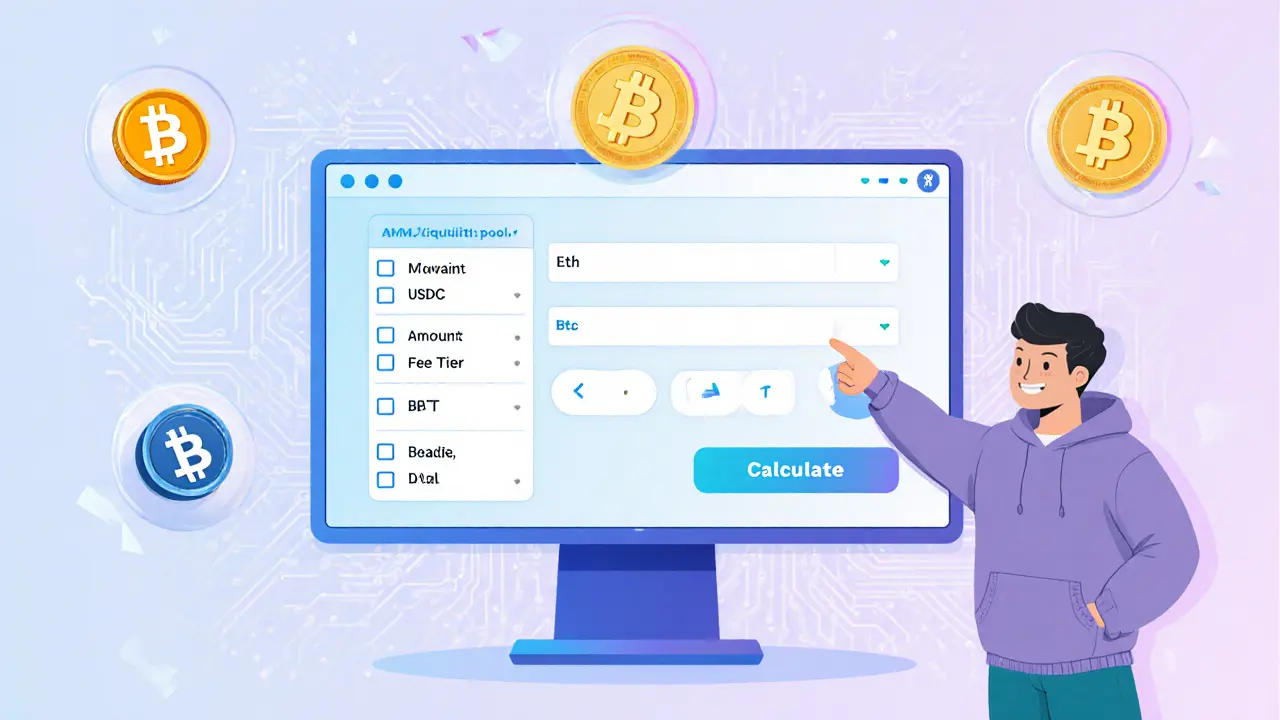
Practical Guide to Providing Liquidity to AMM Pools
AMM Liquidity Pool Calculator
Estimated Results
Based on inputs provided:
Click "Calculate Potential Returns" to see your estimated impermanent loss and fee income.
Want to earn passive income while keeping the crypto market flowing? Supplying capital to Automated Market Maker (AMM) pools is the backbone of decentralized exchanges, letting anyone become a market maker without an order book.
TL;DR - Quick Takeaways
- Deposit equal‑value token pairs into an AMM pool to earn a share of trading fees.
- Watch out for impermanent loss - the most common profit‑killer.
- Uniswap V3’s concentrated liquidity can boost capital efficiency by 2‑5×.
- Pick pools with low volatility or correlated assets for higher net returns.
- Use dashboards, algorithmic bots, or manual range tweaks to stay ahead of market moves.
What an AMM Pool Actually Is
At its core, an Automated Market Maker (AMM) pool is a smart contract that holds two (or more) tokens in a fixed ratio. The classic formulax*y=k, introduced by Uniswap, lets the contract automatically price swaps based on the current reserves. When you add liquidity, you receive LP tokens that represent your slice of the pool and entitle you to a proportion of the fees collected on each trade.
Key Risks: Impermanent Loss Explained
Imagine you lock 1ETH and 2500USDC into a pool when ETH is $2500. If ETH jumps to $3000, the pool rebalances, leaving you with less ETH than if you had simply held the assets. That difference is called impermanent loss. Recent 2025 research shows the average realized loss hovers around 3.8% compared with a buy‑and‑hold approach, so you need fee income or extra rewards to offset it.
Choosing the Right Pool - A Mini‑Comparison
| Platform | Typical Fee | Specialty | Impermanent Loss Risk | Best For |
|---|---|---|---|---|
| Uniswap V3 | 0.05% - 1% | Concentrated liquidity, dynamic fees | Medium‑high (depends on range) | Active LPs who can manage price ranges |
| Curve | 0.04% - 0.15% | Stablecoin & similar‑asset pairs | Low (high correlation) | Risk‑averse users wanting low IL |
| PancakeSwap | 0.25% - 0.5% | BNB‑chain, low gas | Medium | Yield hunters on BSC |
| Balancer | 0.10% - 0.3% | Multi‑asset weighted pools | Varies (depends on token mix) | Portfolio diversifiers |
| Raydium | 0.025% - 0.15% | Solana speed, Serum order‑book link | Low‑medium | Fast‑trading on Solana |
Four Proven Strategies to Boost Returns
- Correlated token pairs: Pair assets that move together (e.g., USDC/USDT, DAI/USDC). Low price divergence reduces impermanent loss.
- Wider price ranges on concentrated liquidity positions can capture more swaps, especially on volatile markets.
- Longer position durations on low‑fee pools that generate steady volume (e.g., Curve stablecoin pools) let fee earnings compound.
- Match strategy to network elasticity: On Layer‑2s like Base where TVL positively correlates with volume, allocating more capital often yields higher fees.
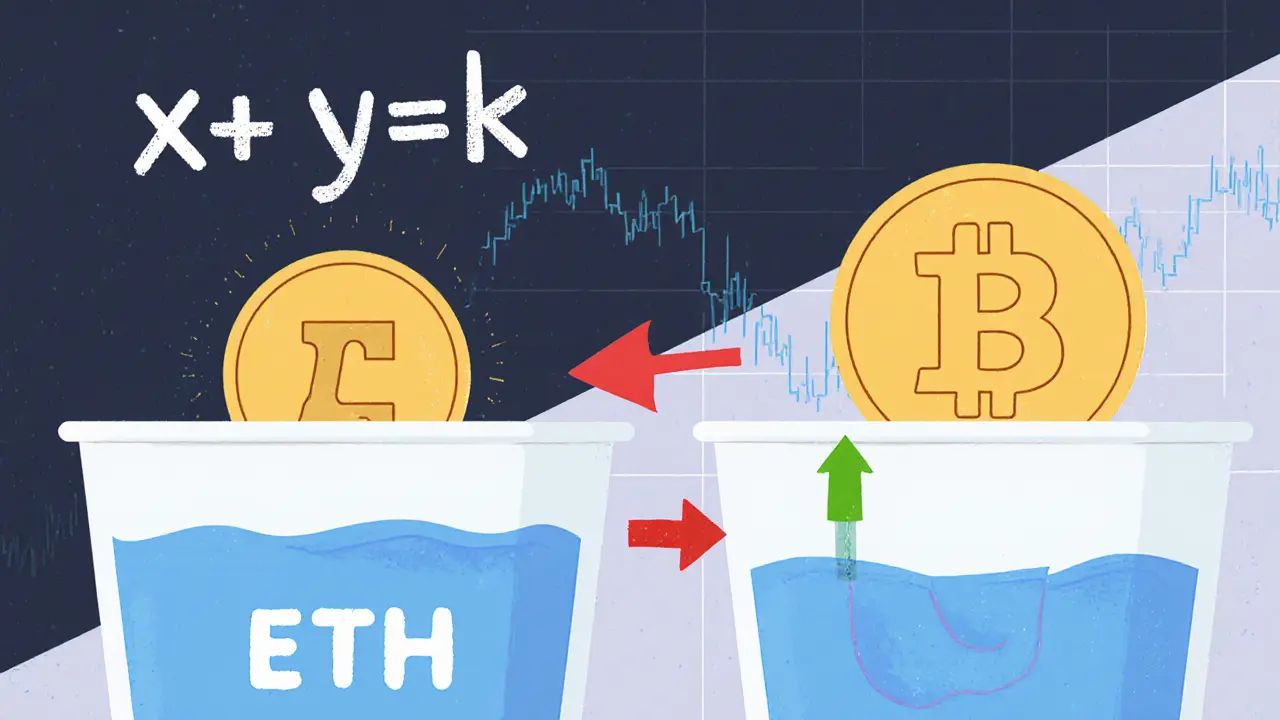
Step‑by‑Step: Adding Liquidity on Uniswap V3
Below is a practical walk‑through for a beginner who wants to earn fees on a 0.3% fee tier ETH/USDC pool.
- Connect your wallet (MetaMask, Ledger, etc.) to the Uniswap interface.
- Navigate to the Pool tab and click “Add Liquidity”.
- Select the token pair (ETH & USDC) and the fee tier (0.3%).
- Enter the amount of each token. Uniswap will auto‑calculate the required ratio (usually 1:price of ETH in USDC).
- Choose a price range. For a passive approach, set the range wide enough to stay in‑range for weeks-e.g., 95% to 105% of the current market price.
- Approve each token’s smart contract (this costs a one‑time gas fee).
- Confirm the transaction. After mining, you receive LP tokens that you can later redeem.
Keep an eye on the “position in range” indicator. If the market moves out of your range, fees stop accruing until you rebalance.
Managing Positions - When to Rebalance?
Rebalancing isn’t a set‑it‑and‑forget job. Here’s a simple decision tree:
- If price exits your range and you expect it to stay out for >24hours → withdraw and redeposit a new range.
- If market volatility spikes (e.g., >5% price swing in 12hours) → consider narrowing the range for higher fee capture, but beware of higher IL.
- If fee APR drops below your target (e.g., < 5%) for two consecutive days → explore a different pool or move to a higher‑fee tier.
Tools like Zerion or Zapper provide real‑time analytics, gas‑cost calculators, and IL estimators.
Advanced Tactics - Algorithmic & Cross‑Chain Liquidity
Seasoned LPs often run bots that adjust ranges based on volatility indexes (e.g., 24‑hour price variance). Open‑source scripts on GitHub can pull price feeds from Chainlink and auto‑submit transactions via Flashbots to reduce front‑running risk.
Cross‑chain platforms like SushiSwap’s Trident or Balancer’s V2 let you allocate capital across multiple networks from a single dashboard, smoothing out network‑specific TVL elasticity. For example, you could keep 60% on Ethereum’s high‑fee pools, 30% on Optimism’s lower‑fee pools, and 10% on Base where TVL growth drives volume.
Risk Management - Insurance & Hedging
Insurance protocols such as Nexus Mutual now offer policies covering impermanent loss for selected pools. Premiums typically range from 0.2% to 0.5% of the locked value, payable annually.
Alternatively, hedge by shorting the underlying asset on a perpetuals platform (e.g., dYdX). If you provide ETH/USDC liquidity, a modest short on ETH can offset the loss if ETH drops sharply.
Regulatory Considerations
In the UK, HMRC treats LP token rewards as taxable income at the time of receipt, while realized impermanent loss may be considered a capital loss. Keep detailed transaction logs to simplify filing.
Summary Checklist Before You Commit Capital
- Identify the token pair and check correlation (correlation >0.8 is ideal).
- Pick a pool with dynamic fees or a fee tier that matches expected volatility.
- Calculate expected fee APR vs. projected impermanent loss using an IL calculator.
- Determine gas cost impact (Ethereum gas vs. Layer2 cheaper).
- Set a price range and plan a monitoring cadence (daily, or hourly for volatile pairs).
- Consider insurance or hedging if the position size exceeds your risk tolerance.

Frequently Asked Questions
What is the difference between standard and concentrated liquidity?
Standard AMMs like Uniswap V2 spread your capital across the entire price curve, meaning most of it sits idle when the market price is far from the extremes. Concentrated liquidity, introduced in Uniswap V3, lets you lock funds inside a chosen price band, so every dollar you commit is actively used for swaps, boosting fee earnings dramatically.
How can I estimate impermanent loss before adding liquidity?
Use an IL calculator (many DEX dashboards embed one). Input the current price, the price range you plan to set, and the expected price movement. The tool returns a percentage loss relative to simply holding the assets. Compare that figure against the projected fee APR to see if the trade‑off makes sense.
Is it worth providing liquidity on high‑gas networks like Ethereum?
Only if you target high‑volume pools where fee revenue can absorb the gas expense. Many LPs now shift a large share of capital to Layer‑2 solutions (Arbitrum, Optimism, Base) where fees are an order of magnitude lower, improving net returns.
Can I withdraw my liquidity at any time?
Yes. LP tokens are redeemable on demand. However, withdrawing during a period of high price divergence may crystallize impermanent loss, so timing matters.
What tools help me monitor multiple pools across chains?
Portfolio aggregators like Zapper, Zerion, or DeBank pull data from Ethereum, BSC, Polygon, and newer chains, showing TVL, fee APR, and estimated IL side‑by‑side. Some also let you rebalance with a single click.
liquidity provision can be rewarding, but only if you understand the mechanics, keep an eye on impermanent loss, and choose the right pool for your risk appetite. Start small, track results, and iterate - that’s how most successful LPs stay ahead of the curve.


 Finance
Finance

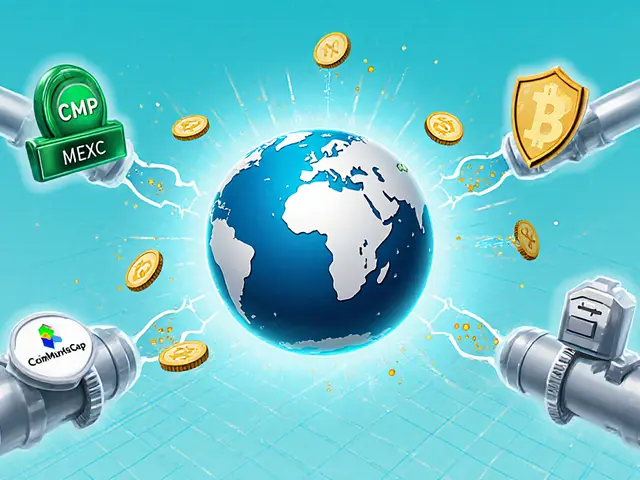

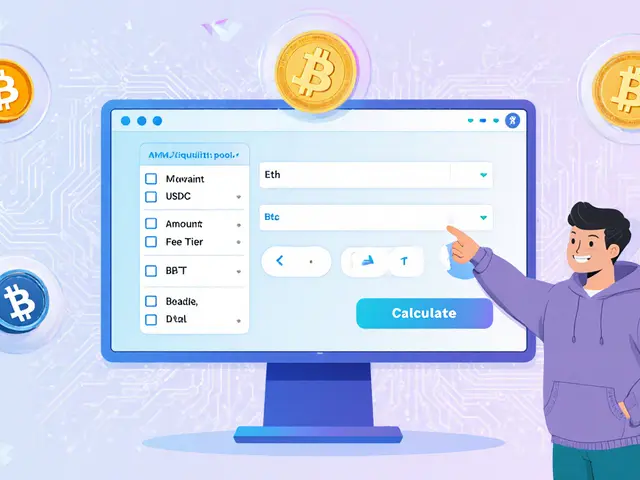
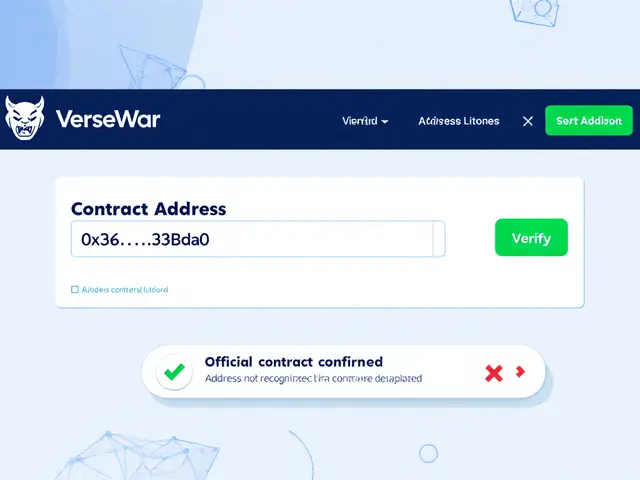
Write a comment